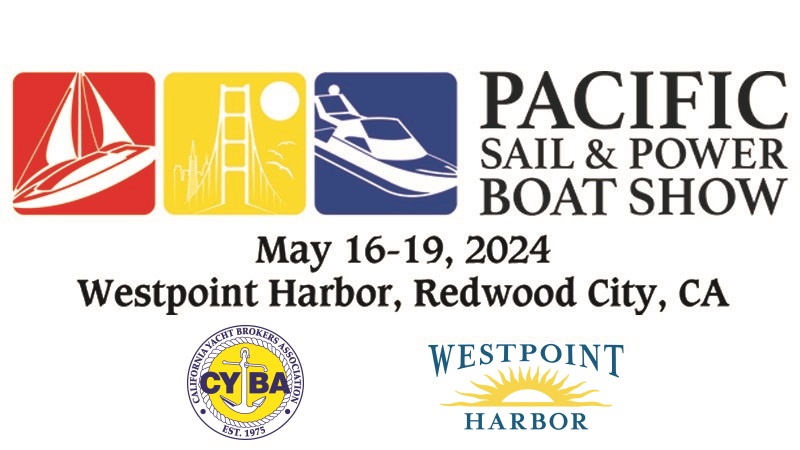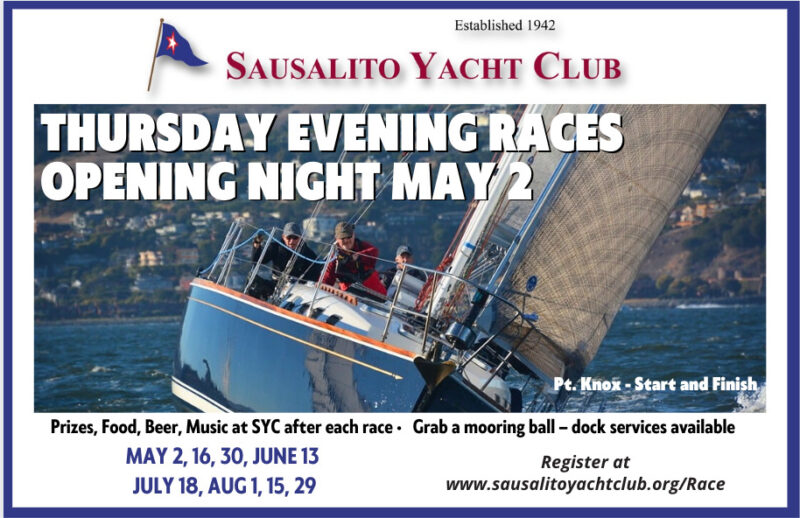
Pat Broderick’s Update of Life Aboard the ‘Stad Amsterdam’
*This story has been updated.
Time flies when you’re on a sailboat. Recently we shared an update from Pat Broderick aboard the Stad Amsterdam. He spoke of the departure from the dock in Hawaii as he settled into his 28-day voyage to Japan. Now, he’s updating us on Day 17. “The most exciting event was sighting and passing a steel drum floating high in the water, our first evidence of civilization since bidding Honolulu aloha. Shortly after, clouds began to appear on the horizon ahead — dark, black clouds.”
“The ship continued motoring at seven knots toward the inky horizon as blue sky overhead turned gray. Sunshades were stowed, fore and aft staysails struck, and bare yards braced. Safety lines were rigged from bow to stern and I sorted out my foul weather gear,” Pat writes.
“By mid-afternoon we were expecting high-teen wind on a beam reach. Aloft sails were set and that magic moment where the engine stopped and wind took over happened. My 1600 watch took over and we competed setting and trimming sails. The crew did show mercy and used the electric motor to power the windlass hoisting the yards.
“At the end of my four-hour watch we had made 44 miles, more distance than our last full day’s sailing! After dinner I climbed into my bunk, read for awhile then fell into a restless sleep punctuated by being tossed around as the ship hit a swell. This morning the winds moderated some, but we’re still making nine knots or so. And still rocking and rolling. We’re making good time aimed directly toward Tokyo.”
Two days ago the Stad Amsterdam guests and crew celebrated their halfway mark. Lemonade, mai tais, cookies, cold brews, and sodas were passed around for a toast, followed by what sounds like a shipboard version of bocce. “[A] small white marker was tossed and then crew and guests took turns tossing soft balls to see who comes closest. Lots of wild pitches since the ship was rolling every which way.”
“Modesty prevents me from reporting who won my group’s toss,” Pat adds. (Erm, we’re guessing it was you?)
At this time the ship had been motoring at around seven knots due to lack of wind. The previous day, there had been a *fire drill.
“Yesterday, the emergency bell went off,” Pat writes, “and the captain’s voice filled my cabin, ‘Fire, fire, fire. Stand clear of the fire doors.’ This was followed by loud bangs as the fire doors that divide the passageway outside the cabin closed.
“I hustled up [to] the main deck, was handed a lifejacket, and went to the starboard lifeboat station.The crew were hauling fire hoses out, our names were being called and checked off, and the ship’s doctor was treating a crew member who had inhaled too much ‘smoke.’ After more drill, the emergency was declared over. I took the lifejacket off and shipboard life returned to normal. We’ve also had two lifeboat drills without the ‘fire.’”
Pat says that in addition to the fire doors, the ship has watertight doors. “We haven’t exercised them yet.” Two lifeboats hold 35 souls each. “We’re told that if we need to hoist them out and get into them we’ll be issued a mandatory seasick tablet. I think I don’t want that to happen. With two weeks to go I think I”ll have more drills to come. I think I’m in good hands,” Pat concludes.
There are of course more stories to tell about all the days in between — more than we have space for here. But we do have a couple of photos to share.
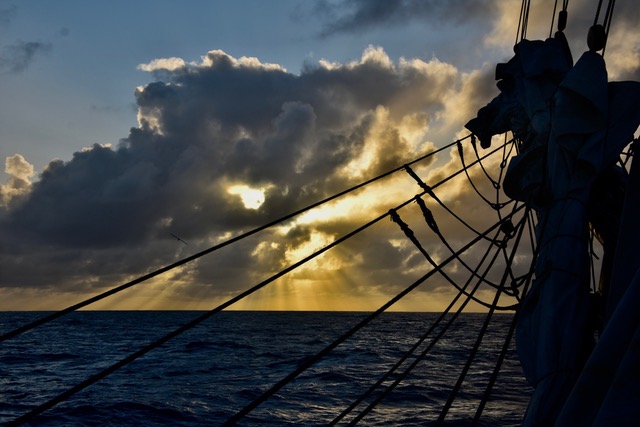
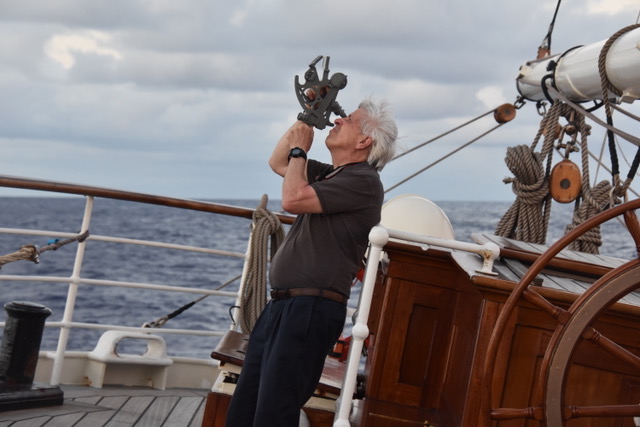
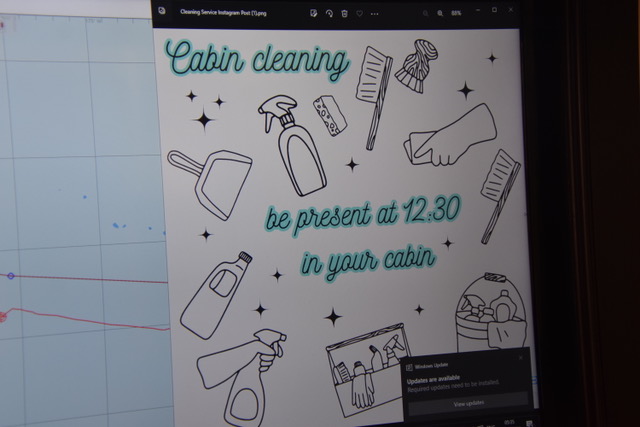
* We previously stated that the fire pat wrote about was a real fire. We were incorrect and apologize for leading readers astray. While initially Pat’s account sounded like it was a real fire, further scrutiny indicated otherwise. – Ed.
Sailing in Oregon vs. Pacific Northwest: Why Not Do Both?
Sailors all seem to have their own home cruising grounds. But that doesn’t stop them from exploring farther afield, or, we should say, farther asea. Phil Lewis from Portland, Oregon, did just that when he and a boatload of friends, decided to charter a boat in the Caribbean. Phil says the contrast between the Pacific NW and the Caribbean is “almost too good to describe.” But he did give us a little insight, including a photo of the day they all decided to read their onboard copy of Latitude 38.
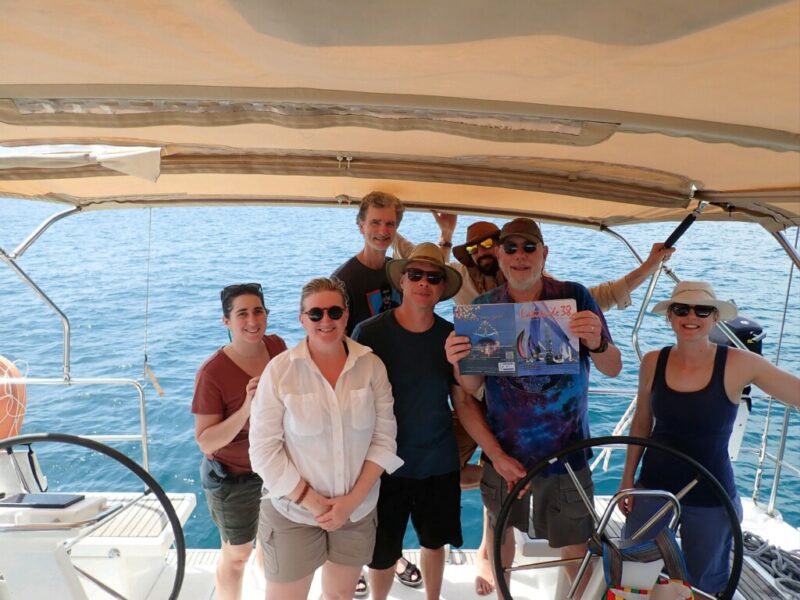
Most days, Phil sails his 1969 Cal 34 Soufflé out of the Rose City Yacht Club in Portland, Oregon, on the Columbia River. In February this year, he changed course and planned a sailing trip in somewhat warmer climes. “This was the first charter that I had put together myself,” Phil tells us. “We went through Globe Sailor to find a suitable boat and the location we wanted. We ended up with a 52-ft Beneteau, which we sailed from Grenada to St. Vincent and the Grenadines, and back.”
“Our itinerary was St. George’s–Tyrrel Bay, Carriacou–Chatham Bay, Union Island–Admiralty Bay, Bequia–Kingstown, St. Vincent–Canuoan–Tobago Cays–Clifton, Union Island–Flamingo Bay, Grenada–St. George’s. Weather and seas could not have been better. Every day saw warm winds around 20 knots off the beam, and flat seas. Every day found us making about seven knots for as long as we wanted, which was usually about six–seven hours, and all on one tack. So different from my home waters.
“I think among the seven of us there might be different opinions as to the best place we visited. Every place we anchored or tied to a mooring ball was almost too beautiful to believe. The most mind-blowing was probably Tobago Cays, where the boat boy put us in what had to be the best location. But I think our best time was at Chatham Bay, partying at Vanessa’s, a place that every cruiser in the area must visit.
“In hindsight,” he adds, “what made the trip such a success was the right combination of people, a big enough boat, and chartering for longer than a single week (our charter was for nine days). And there was the fact that we were in the Windward Islands, which are more varied and open than the BVI, allowing for more actual sailing.”
Sounds idyllic. Sometimes we wonder why we don’t all just go sail in the Caribbean full-time. Then we remember. “Oh yeah, we have a job and family and …” But also, we tend to like where we are, otherwise we would have moved eons ago, right? Maybe. Our point here is that despite the beauty and warmth of the Caribbean, Phil loves sailing his own boat, Soufflé, which he’s owned for 25 years, in his own home waters.
“Soufflé lives at Rose City Yacht Club in Portland, Oregon, on the mighty Columbia River. Most of our sailing involves cruising up the river and into the Gorge, and down to Astoria. And, most every year, I take her over the bar and up the coast to Victoria, BC, as part of the Pacific NW Offshore Race, née Oregon Offshore Race. Generally, the trip up the coast (and often the return trip as well) is a mixture of rain, lumpy seas, crab pots threatening to snag rudders and props, and wind coming from the wrong direction, plus sleep deprivation, and being cold, wet and mildly seasick. And, of course, there is the bar crossing. For some reason, many find that unpleasant and prompting vows to never do it again, but approaching Victoria makes it all worth it. I figure it might be like childbirth, where the product causes one to forget the preceding pain.”
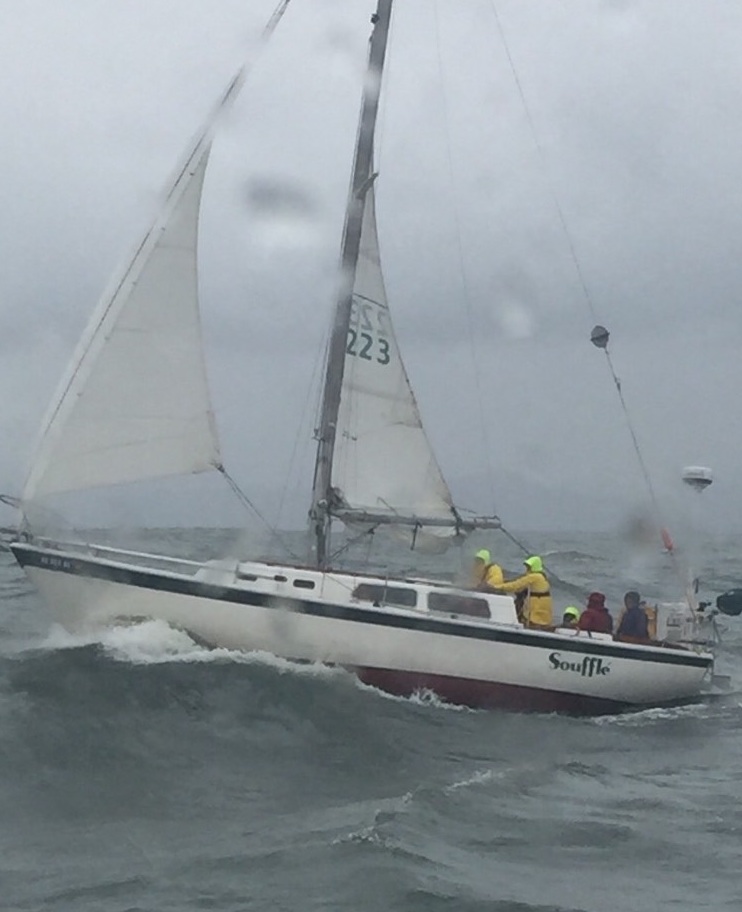
“When we first got her, she was basically a blank slate and with a name we could not abide,” Phil shares. “As boaters know, finding the right name for a boat is a delicate matter, so it took a while to find something more suitable. Her current (and forever) name was inspired when I was watching Julia Child with our then-young sons. Julia announced that she was going to show how to make a soufflé, a term she explained comes from the French word soufflé, meaning “breath of air.” Given that my wife is French, and we like good food and wordplay, it was immediately clear what the boat should be named. And though we have cooked a lot of great meals on board, we have yet to prepare a soufflé on Soufflé, though this might be the year we do. More important, the boat’s name has proved to be a good fit.”
Phil, let us know when Soufflé’s soufflé is ready. We’ll do dishes.
Pacific Sail & Power Boat Show returns to Westpoint Harbor May 16-19
Pacific Sail & Power Boat Show returns to Westpoint Harbor May 16-19. Come see the latest in power and sailboats, along with informative seminars and your favorite West Coast marine vendors. We will be there, will you? Tickets & info: www.pacificboatshow.com
- Community Sailing
- Youth Sailing
- West Coast Sailing
- Commentary
- General Sailing
- International Racing
- Current News
- Events
Short Sightings — News Pulled From the Dock Box
There’s more than mud on the bottom of the Bay. But there’s good news about boats that are stuck in that mud, and some creative projects and competitive races all transiting the West Coast sailing desk as we head into a sunny Opening Day weekend. Here’s some news from the week:
Dredging Up News in Alameda
Citizen activist Brock de Lappe reports more success on his mission to clean up and restore the waters of the Oakland Estuary and surrounding Alameda waterways. The cities of Alameda and Oakland have been stepping up to remove derelict boats and finding housing solutions for people unable to maintain and afford boats in legal, liveaboard berthing. He most recently reported about the City of Alameda’s organizing a cleanup of the sunken boats spread along the breakwater to the south and west side of Seaplane Lagoon and to Alameda Community Sailing Center. It’s a slow, expensive, one-boat-at-a time project, but they are making progress.
Amazing Missions of Sailors of the Bay Area
When people think of sailing in Croatia, they mostly think of summer island chartering. Not Jim Bender. The shop teacher from Redwood City has been spending his summers in his wife’s home country of Croatia for years. There he takes his woodworking and teaching skills on the water to help kids in challenged communities with personal growth through his Adriatic Maritime Institute (AMI). The program is dedicated to the preservation of maritime heritage through the use of traditional watercraft as a platform for youth development. They have all kinds of interesting boat restoration projects, and also a watermelon voyage where kids crew boats delivering produce grown on the Croatian islands. Another project is Building Bridges with Boats. On May 19 they’re doing a three-bridge sailing fundraiser aboard the Derek M. Baylis, which runs youth programs locally as part of its Richmond-based Ocean Explorers Program. These are both great programs to keep kids off their devices and connected to one another and the planet. You can learn more about James Bender in our Good Jibes podcast.
Call of the Sea Debuts Whale Sail at Tall Ship Festival
Call of the Sea’s brigantine Matthew Turner has a new look, unveiled this past weekend at the organization’s Tall Ship Festival fundraising event. The new whale sail expresses Call of the Sea’s commitment to the ocean and all its creatures.
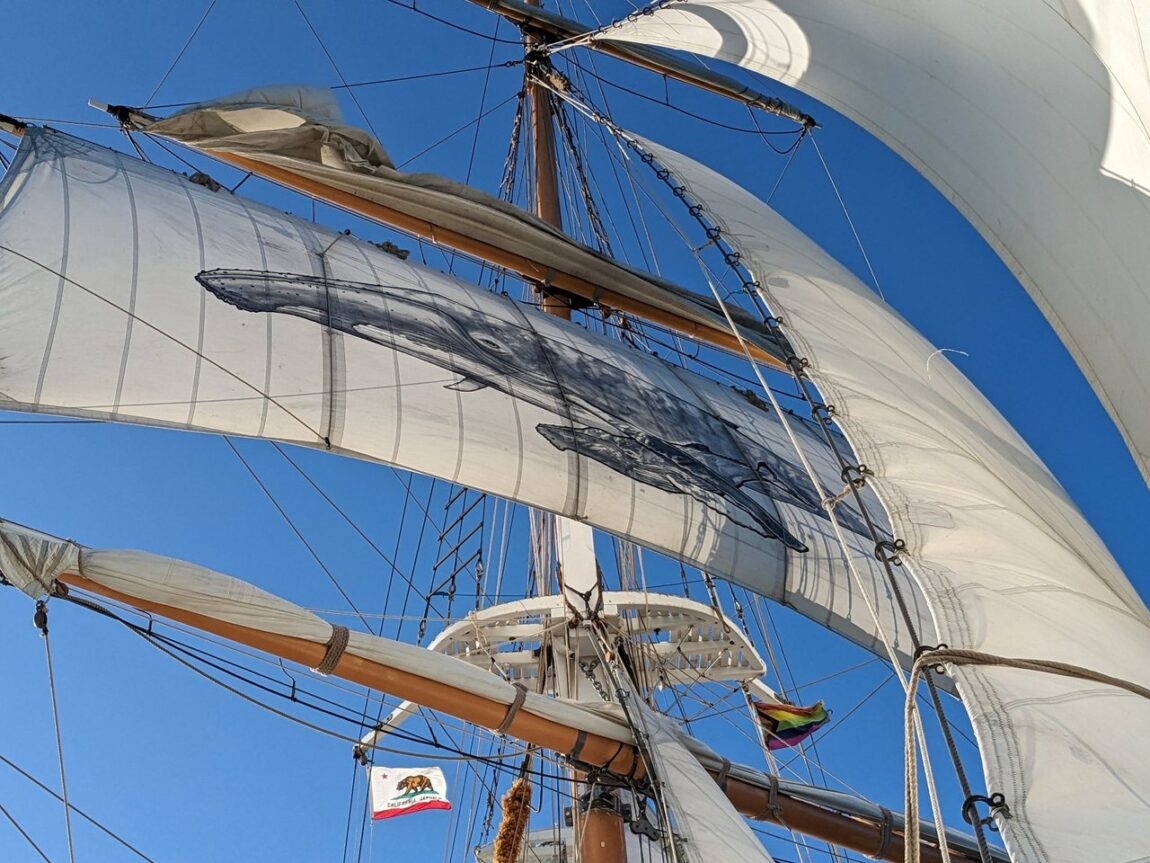
76th Annual Newport to Ensenada Race Border Crossing
Luckily there is no wall at sea preventing the 146 sailboats entered in this year’s Newport to Ensenada race from having an unimpeded path to the pleasures of Ensenada, Mexico. The first 125-mile Newport Ocean Sailing Association race was on April 23, 1948, and Ensenada was just a small fishing village. This year’s race starts today, Friday, April 26, and will include boats from 29- to 85-ft. The race’s history includes the blistering pace of a few record-setting boats, but is perhaps best known for the pleasurable, warm downwind sail and the legendary good times had by thousands of more relaxed racers who made the trek for the camaraderie and revelry in Ensenada. It used to attract many hundreds of boats, setting a record of 675 boats in 1983. The monohull speed record was set by Manouch Moshayedi’s custom RIO 100, which crossed the finish line with a time of 7:02:17, and the multihull record by Tom Siebel’s Orion, a MOD70 with an elapsed time of 5:17:26. Don’t let those numbers intimidate you. The record everyone would love to see broken is entries back up over 675. There’s no shortage of sailboats in Southern California, so it’s certainly possible. Entries are closed for this year; you can see the entry list here: https://www.regattanetwork.com/event/27233#_home
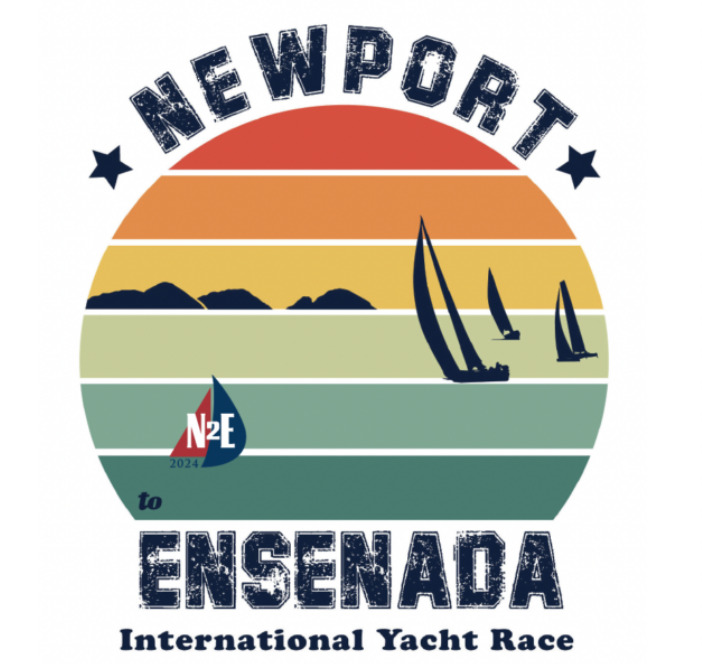
Train Alternative to the Panama Canal. Is It a Game Changer?
In 2021 we wrote about the Mexico Tehuantepec Isthmus rail corridor between the Atlantic and the Pacific. At the time, reader Mike Manchak commented, “That project would be a game-changer!” We’ll see. At the end of last year the first trains started running. We got a historical look at the digging of the Panama Canal and an update on the contstruction of the new train corridor on this YouTube video.
The Field Narrows in the Congressional Cup
Long Beach Yacht Club is in the midst of the Congressional Cup match-racing battle, with four teams remaining in the elimination after closing out the opening round-robin stage of the 59th Congressional Cup in Long Beach. The top four teams are Ian Williams/GBR, Jeppe Borch/DEN, Dave Hood/USA and Gavin Brady/USA, with each advancing to the quarter-final stage of the event. The remaining eight teams will compete in a repechage stage today, where the top four finishers will also join the quarter-finals. You can keep up with the action at the Long Beach Yacht Club site here.
Are You Thinking of Cruising? Here Are a Few Stories From Sailors Afar
In each month’s issue of Latitude 38, you’re bound to find stories about sailors who are cruising. We don’t include them to make you jealous, though we often are, but we like to share the adventures of those who have left the dock and set sail for some far-off destination. In the April issue, Latitude editor JR brought us a boatload of stories from people out and about in various oceans. We have Flashgirl preparing to head to sea; a report on Zihuatanejo Sailfest; and a hilarious account of Roxxy‘s new mainsail. And that’s not all. Here’s a salty taste of what’s been happening away from our docks.
Flashgirl
Warwick “Commodore” Tompkins turned 92 at the end of February, and recently let it be known that he’s going to sea again. While age has confined many graying sailors to life ashore, its limitations and irritations are of only passing concern to this veteran sailor.
For the few who might not know, Commodore has literally spent his entire life sailing. Although he was born ashore in Boston in 1932, his home from the age of 2 weeks was the 85-ft schooner Wander Bird, a former German pilot vessel owned by his father, Warwick Sr. As the story goes, one day, at the end of a guided tour of the boat, a visitor noticed the baby sleeping in a bureau drawer in the master’s cabin and said, “Well, I’ve met the skipper, the mate, and the cook, so this must be the Commodore.” The name stuck.
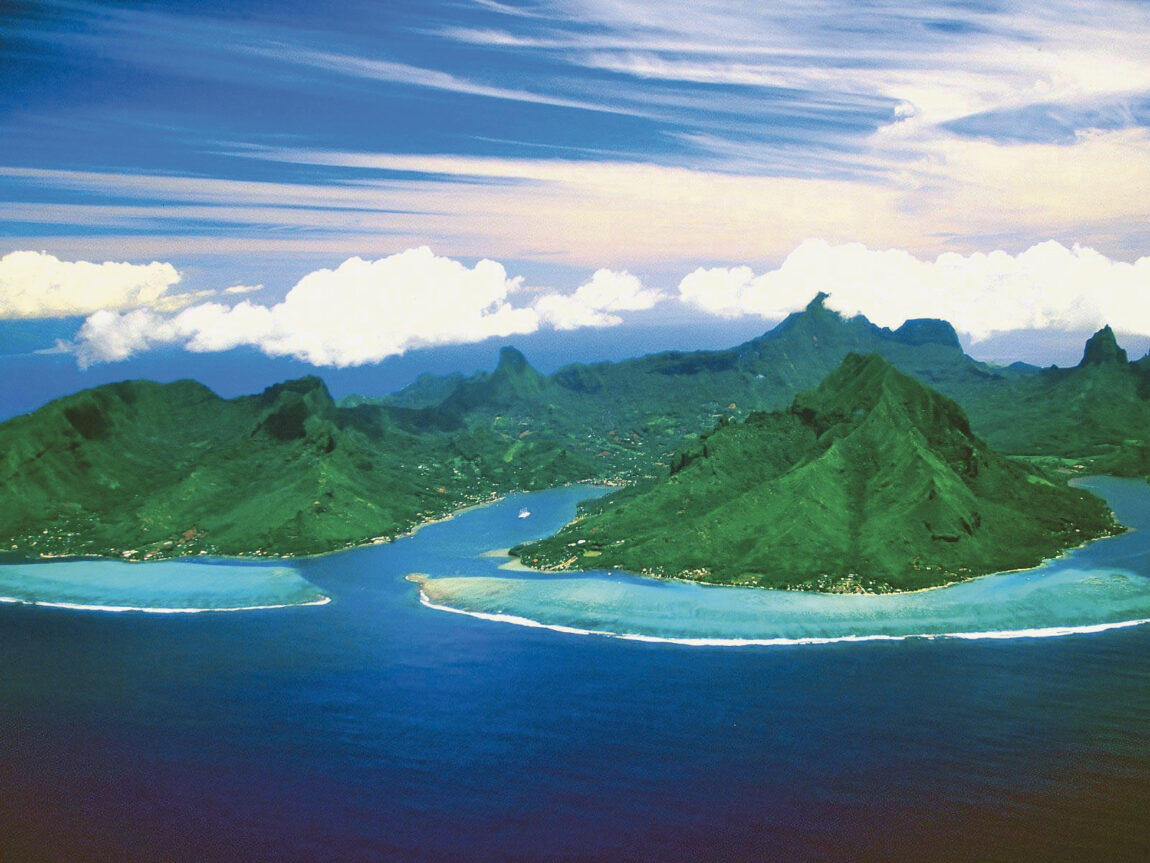
Zihuatanejo Sailfest
Twenty-five cruising sailboats (and one motorboat) participated in the 23rd Annual Zihuatanejo Sailfest, which took place February 11–24. This year’s event raised in excess of three million pesos — about $234,000 — for local schools and students in the Zihua area.
Many of the attendees this year (and the biggest donation producers who took out the most guests) were Sailfest veterans, including Kirk and Charlene Wagner’s Alberta-based Beneteau 393 Freedom Kirkland. This was their 12th Sailfest, and Kirk notes, “We placed second in our division with the Rally Round the Rock, and placed first in the amount of donations raised — for the second year in a row. So it was once again a very rewarding experience for us.”
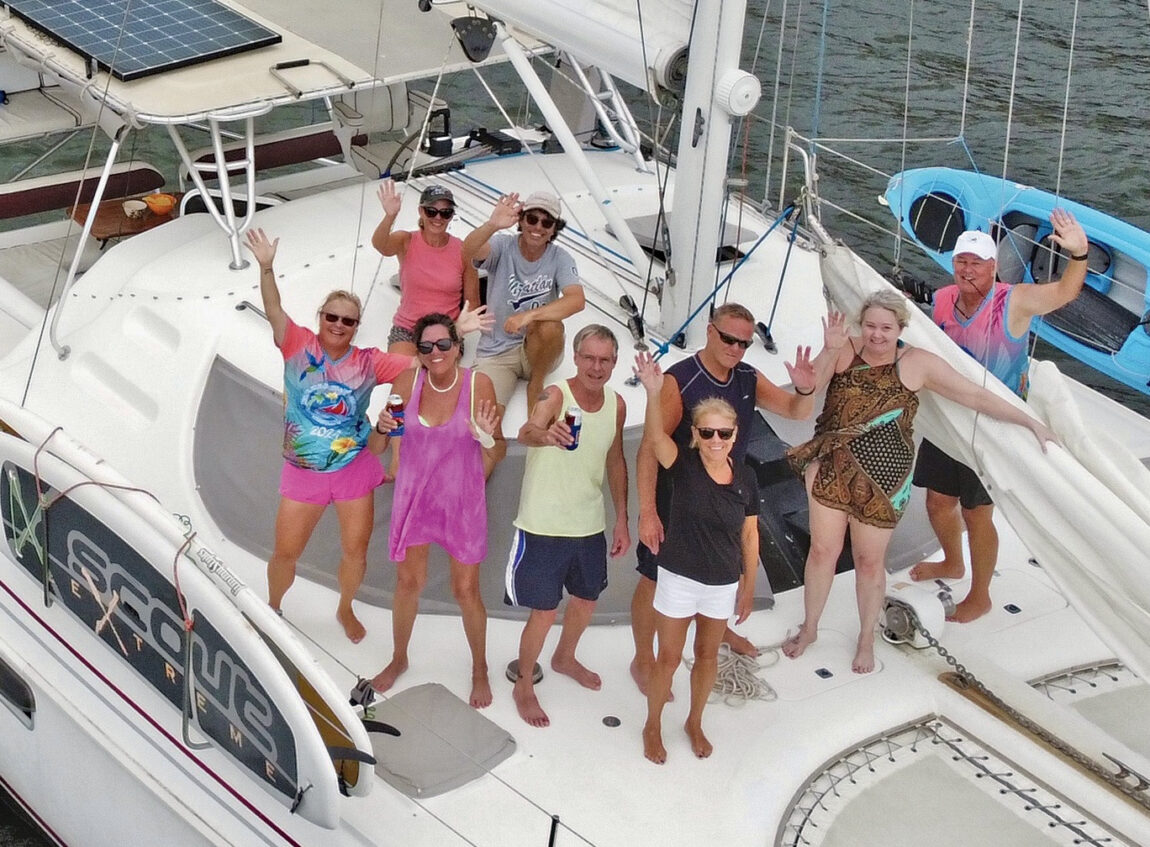
Roxxy
In mid-November, while putting the main back on after a minor repair, I put my fist through the top panel. I don’t know how old the sail was, but the boat has a lot of miles. It’s been around the world, then up to Greenland, Iceland and England. The rig and rigging were replaced after Hurricane Irma. Anyway, I needed a new sail. A good local sailmaker here in Mexico wanted $7,000; fair, but I went online to see if I could get a better price. Found a company in Hong Kong and talked to a great English guy who quoted $3,800 — duty in Mexico and shipping included! I told him I wanted it in four to five weeks, as I wanted to leave after Christmas. He said he could probably do it in three. Via PayPal, I sent him 50 percent.
We went back and forth a few times over dimensions and the color of draft stripes. I also wanted no battens. They wanted full battens, so we settled on two.
No sail by Christmas, so I flew home to Friday Harbor.
You can read these and other cruising stories in April’s Latitude 38.
Sausalito Yacht Club Thursday Evening Races Kick Off May 2
Register at www.sausalitoyachtclu.org/Race

